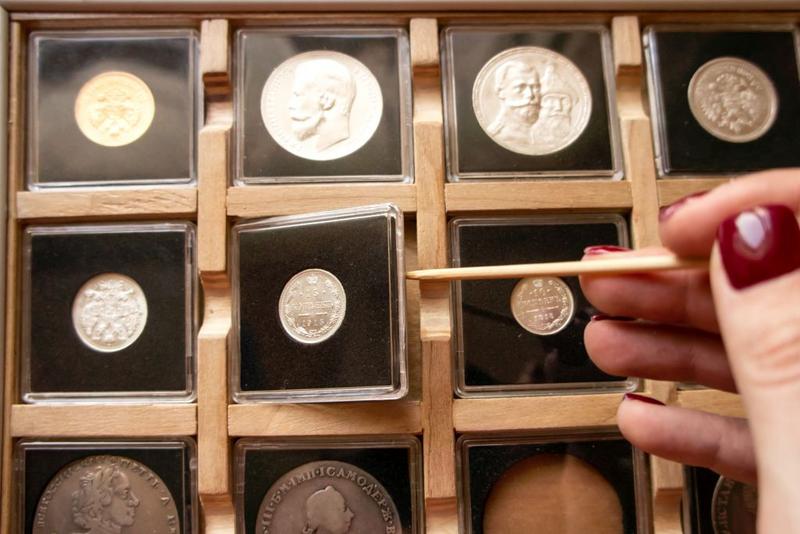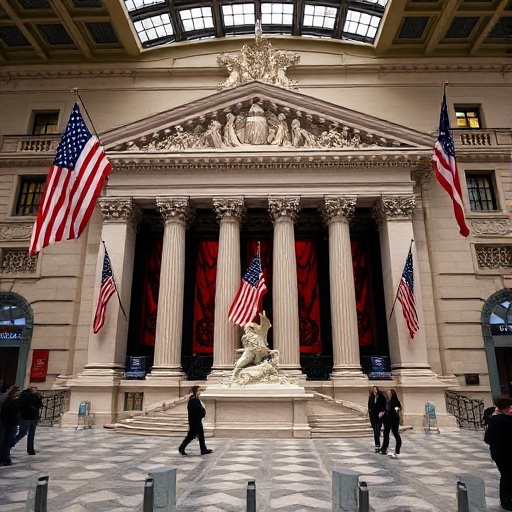How To Value Your Old Coin Collection

If you have an old coin collection, you know how much work has to be put in for the sake of building one over time. You understand that several factors affect a collectible's value, the most important of which are rarity and condition.
So how exactly should you go about valuing your old coin collection? Here are some tips you may want to consider:
1. Have Your Coin Collection Graded
Coin grading is the scientific method of identifying the condition of a coin based on a set of criteria, allowing dealers to judge its quality. Through coin grading, you can determine the marketability of your coin collection. If you want to grade your coin, you can check out the cost first at learnaboutgold.com/blog/how-much-does-it-cost-to-get-a-coin-graded/.
However, remember that grading is not the same as determining a coin's worth. A numerical grade represents the coin's condition, but ultimately, it’s the market that’ll determine its worth. If you wish to sell the coin, the grading will verify its condition. Thus, a prospective buyer can easily appraise the coin since the grading has standardized its value.
Third-party agencies and professional appraisers rate coins based on their color, strike, brilliance, beauty, and surface preservation. According to those factors, a coin is rated on a scale from 1 meaning poor to 70 meaning mint state or nearly as fresh as new. The Sheldon scale describes grading levels as follows:
- Mint State (MS): 60 – 70
- About Uncirculated (AU): 50 – 60
- Extra Fine (EF): 40, 45
- Very Fine (VF): 20, 30, 35
- Fine (F): 12, 15
- Very Good (VG): 8, 10
- Good (G): 4, 6
- About Good (AG): 3
- Poor (P): 1, 2
2. Determine The Coin's Origin And Its Minting Date
Wouldn’t it be fun to travel back in time? Every coin has its own story to tell, so as a collector, you’ll find that coins are exciting and interesting objects to keep.
You must be aware of when and where the coins were minted. Old coins, like present-day ones, have a date of production and a mark of origin. The location of the coin's mintage is indicated by a small letter inscribed somewhere on the piece.
If the language on the coin is beyond your grasp, you can check references on a reliable source online. You can also seek the advice of a professional appraiser in cases when books or websites don’t give you the necessary information.
Furthermore, a coin's origin and date are related to its rarity. For example, ancient coins aren’t widely available, making them extremely rare. The rarer a coin is, the more valuable it will be in the market.
3. Know The Authenticity Of Your Coins
A coin’s value is determined by its authenticity. A fake coin has no value; only the real ones do. Because it's always possible to come across a fake coin, you'll want to double-check that it's the real deal.
Buying from reputable vendors is the most crucial step you can take to ensure you get only genuine coins. However, you can also perform a simple test to identify if your coin is real or not.
Using a magnet to confirm the authenticity of a coin is one of the simplest methods to do so. Genuine gold and silver aren’t magnetic and so won’t react to a magnet. However, the magnet test is merely one method of detecting a fake coin.
Aside from the metal test, you can do the weight test. A counterfeit coin will almost always be light in weight. The metal used to make a fake coin is possibly not the same as that of a genuine coin, such as an alloy. As a result, the weight will be different. Even if the metal used is the same one, the weight may vary according to production procedures.
4. Look Into Coin Demand
The present market demand for a coin has a significant impact on its value. The value of a coin rises in proportion with its demand. Without demand, coins would only be worth their face value.
An easier approach to determine a coin's worth is to conduct research and locate coins that are comparable to yours and see what they’re selling for. Check online publications, websites, or auctions. Additionally, you can research the circulation supply of a coin. The less the supply of a coin, the higher its demand will be.
Takeaway
People collect coins for a variety of purposes. Some do it for enjoyment and satisfaction. Others buy coins and later sell them at a high price to a wealthy coin collector or a museum for a living.
Whatever your reasons are, knowing the value of your coin collection can give you pride of ownership. Moreover, you'll have a lot more bargaining power and success in trading if you know your collection’s worth.




